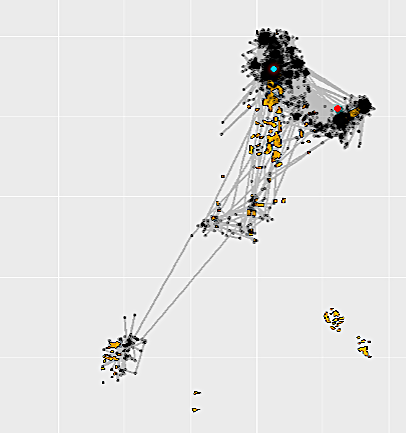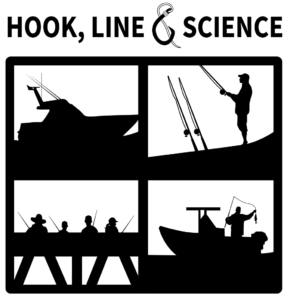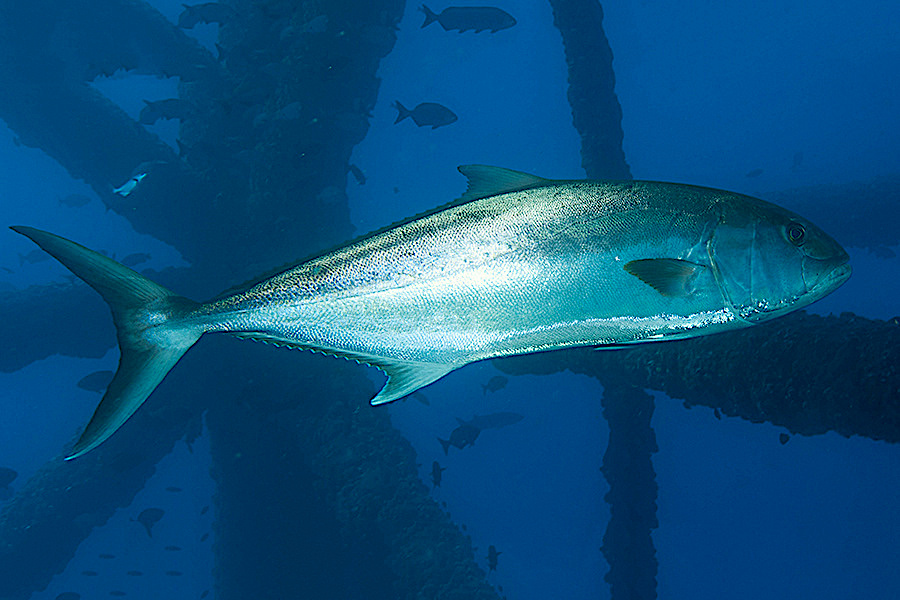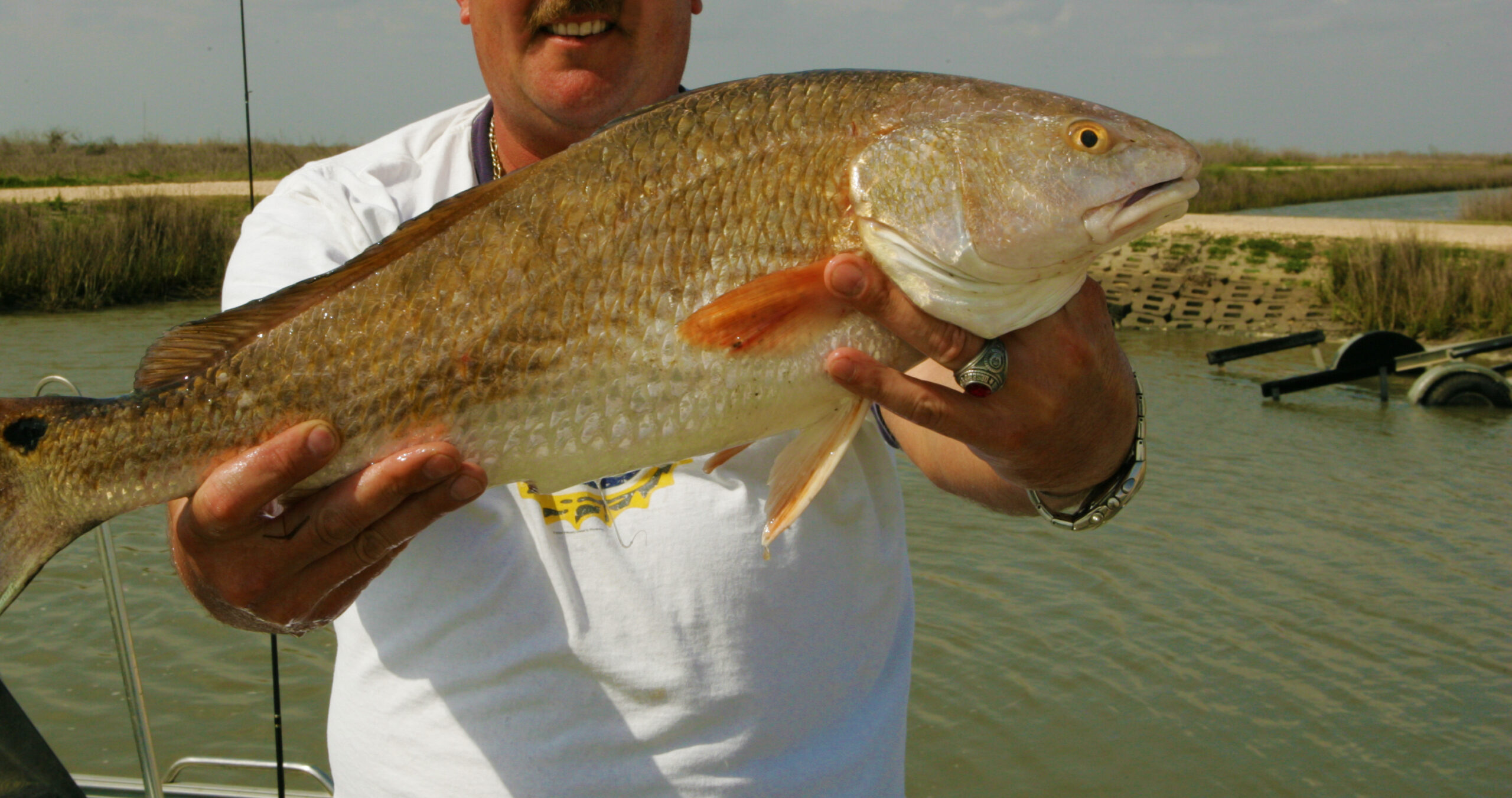The answers may help improve the conservation of several species.
Research Need
Artificial reefs are a valuable tool for reef fish conservation and management. These reefs can consist of a wide variety of structures, such as “Reef Balls” (a commercially available designed artificial reef), concrete pipes, sunken vessels, train boxcars, etc.
Each of the structures offers a different type of habitat. For example, concrete pipes have a small “vertical relief” (variation in elevation) but can cover a large footprint on the sea floor, while vessels have a large vertical relief and cover a smaller footprint.
Several commercially and recreationally important species — such as black sea bass, gag, and greater amberjack — rely on artificial reefs as key habitats. Choice of artificial structures when constructing or adding to reefs could be an important consideration for these species. If they will not use particular structures, conservation and management likely won’t improve.
So, the big question is what structure will each of these species use? The answer can aid managers in constructing more effective artificial reefs.
What did they study?
Tracking fish movements and monitoring their locations is an effective way to determine what structures fish select. Researchers tagged black sea bass, gag, greater amberjack, almaco jack, and red snapper at four artificial reefs and tracked their movements for 3 to 4 months.
They only tracked fish at reefs with a variety of structures. For instance, a reef that consisted of a single vessel did not qualify for the study, but a reef with a vessel, Reef Balls, concrete pipes, and manhole sections did.
Researchers then mapped the paths (movement tracks) for each fish and used those tracks to determine which structures each species used.

What did they find?
Black sea bass very rarely moved between different artificial structures. Despite being caught and tagged at every structure on the reef, they often stayed at their original artificial structure. For example, a black sea bass tagged at Reef Balls never left the Reef Balls over the entire study. As such, black sea bass did not select any particular structure and they used everything available.
Gag and red snapper frequently moved between different artificial structures and consistently selected high vertical relief structures like vessels more than others. For example, one gag tagged at concrete pipes moved around the pipe field, across the reef to the Reef Balls, and then to the vessel.
Greater amberjack and almaco jack moved the most and used every available artificial structure. They also selected vessels more than any other structure.
So what?
When planning artificial reefs and selecting what structures to use, it is important to consider what species will be present on the reef and which structures they will choose to use. Black sea bass appear to use any and all available structures. Gag and red snapper appear to use a variety of structures but select vessels more than other structures. While greater amberjack and almaco jack appear to use every available structure, vessels are what really attract them.
Reading
Tharp RM, Hostetter NJ, Paxton AB, Taylor JC and Buckel JA (2024). “Artificial structure selection by economically important reef fishes at North Carolina artificial reefs.” Front. Mar. Sci. 11:1373494. doi: 10.3389/fmars.2024.1373494

BY RYAN THARP
Ryan Tharp (above) is a Ph.D. student at NCSU’s Center for Marine Sciences and Technology. His work focuses on conservation and management of important fish species. He is interested in how different species use artificial reefs and how the use of best fishing practices can influence fish survival in shallow waters.
lead photo: Greater amberjack. Credit: NOAA.
The text from Hook, Line & Science is available to reprint and republish at no cost, but only in its entirety and with this attribution: Hook, Line & Science, courtesy of Scott Baker and Sara Mirabilio, North Carolina Sea Grant.

- Categories:




